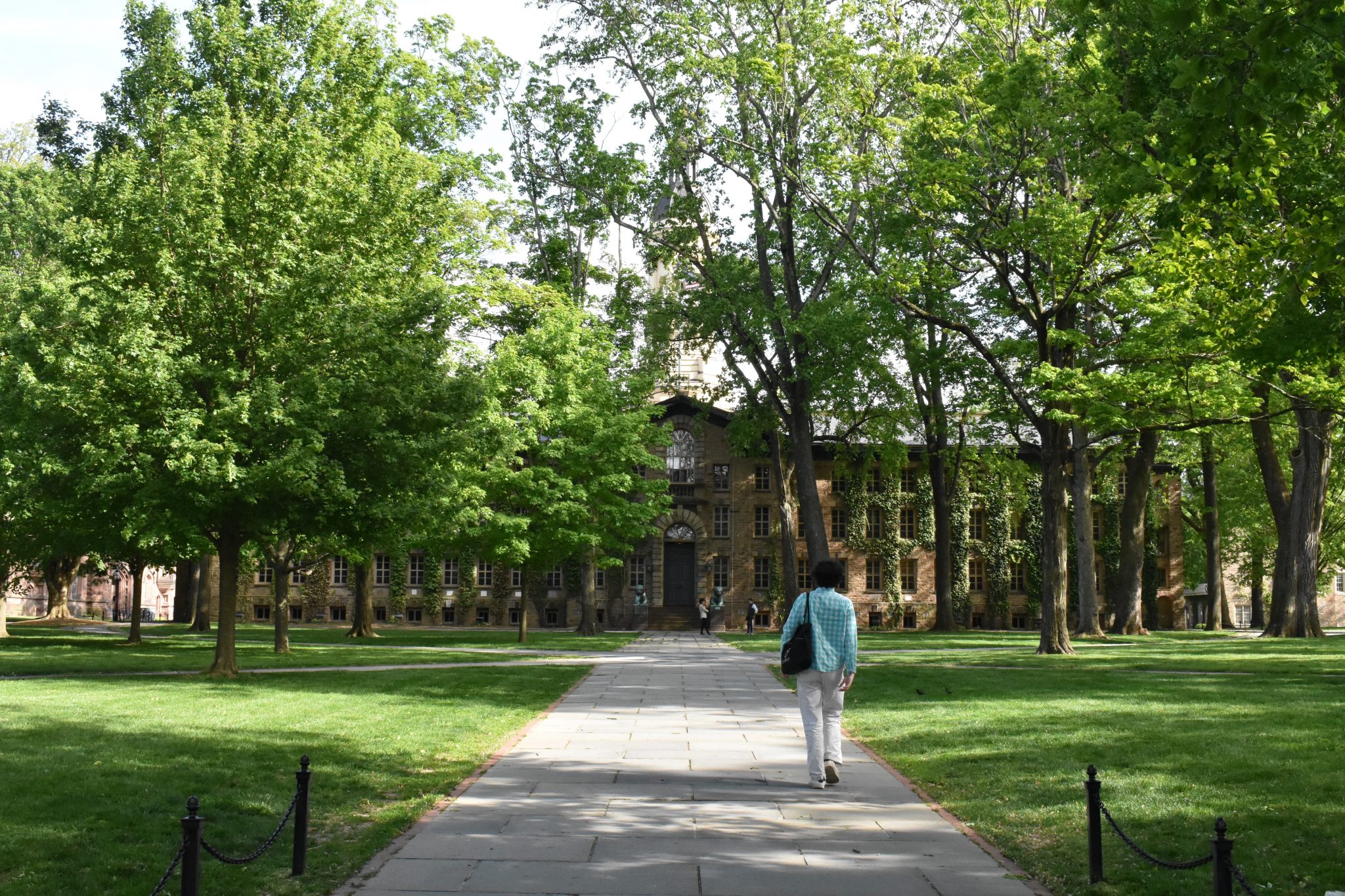Princeton University has seen growth regarding race and ethnicity in its student population seeking a bachelor’s degree, according to a 2020-21 annual university report on diversity, equity and inclusion.
The first annual report for the university was released in mid-October and details university efforts on racial equity in areas such as initiatives and projects across university academic departments and the administration.
According to the university, the report is organized around three themes: climate, inclusion, and equity; access and outreach; and the academic experience.
The data released by the university on student population is part of a fourth section of the report that not only details race and ethnicity of students enrolled for a bachelor’s, master’s, and doctoral degrees, but of faculty, postdoc and staff.
For the student population seeking a bachelor’s degree in 2020-21, they were 39% White; 28% Asian; 11% Hispanic, Latinx, Mexican American or Puerto Rican; 10% Black/African American; 6% accounts for two or more races, Native American, Native Alaskan, Native Hawaiian and other Pacific Islander; and 4% is unknown.
Compared to data on the student population from 2009-10 also pursuing a bachelor’s degree, at that time, 49% were White; 16% Asian; 13% unknown or not disclosed; 8% Black/African American; 8% Hispanic, Latinx, Mexican American of Puerto Rican; and 6% two or more races, Native American, Native Alaskan, Native Hawaiian and other Pacific Islander.
The race and ethnicity of faculty and staff, in 2020-21, for the university’s 826 tenured and tenured-tracked faculty, had been 73% White; 12% Asian; 4% Black/African American; 4% Hispanic/Latinx/Mexican American of Puerto Rican; and 7% unknown or not disclosed.
Senior staff in the same year were 77% White; 11% Asian; 7% Hispanic/Latinx/Mexican American or Puerto Rican; 4% Black/African American; and 1% unknown, according to the report.
In the 2009-10 academic year, the 742 tenured and tenured-tracked faculty, would be 84% White; 9% Asian; 3% Black/African American; and 3% Hispanic, Latinx, Mexican American or Puerto Rican.
The information on senior staff was 85% White; 8% Asian; 5% Black/African American; and 1% Hispanic, Latinx, Mexican American or Puerto Rican.
The report also provides data information on gender in the student population and faculty, postdoc and staff.
Female students seeking a bachelor’s degree in the 2020-21 had a slight population edge, according to the report. That year they accounted for 51% of that particular category to the males 49%.
Those percentage numbers are identical to the sex and gender data for 2009-10, but switched where the males instead had the slight edge, according to the report.
Additionally, the first annual report also released information on the university’s climate data surveys for undergraduate, graduate and staff from the past three years. This portion of the report is also broken-down by race and ethnicity.
With the climate surveys the report stressed that the data for 2019-20 and 2020-21 should be considered with care due to the irregular conditions faced by students, faculty and staff during those years.
Those responding to the undergraduate surveys were asked if they would encourage a high school senior who resemble them when they were in high school to attend Princeton and graduate students were asked based on their experience at Princeton would they recommend Princeton to a prospective student.
Outside of establishing the annual report, during the 2020-21 academic year, some of Princeton’s efforts on the topic of racial equity included Princeton beginning a review of university policies and benefits, reaffirmed its desire to increase the number of underrepresented tenured and untenured-tract faculty by 50% in five years, and the university’s Board of Trustees removing President Woodrow Wilson’s name from the School of Public and International Affairs.

